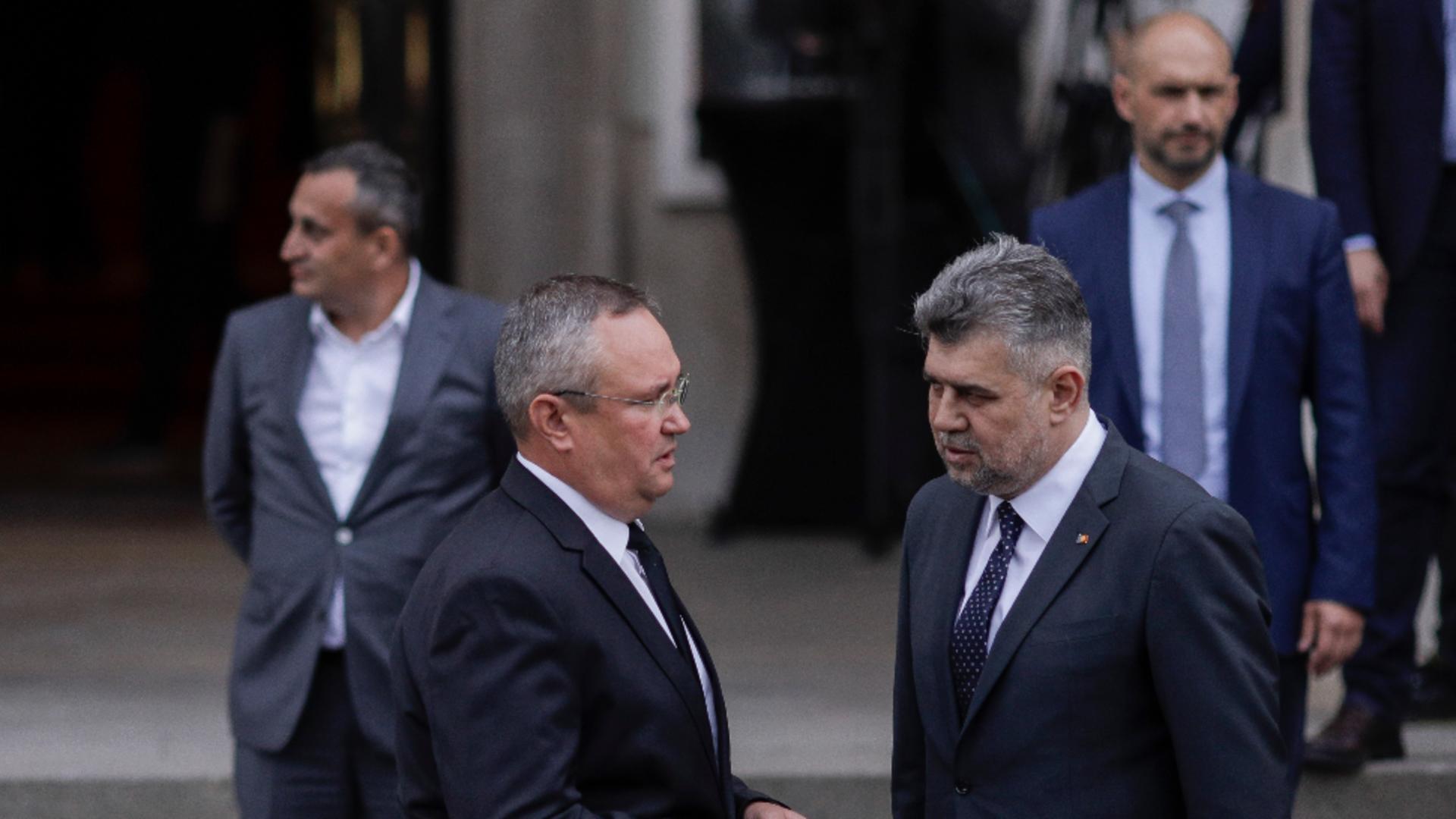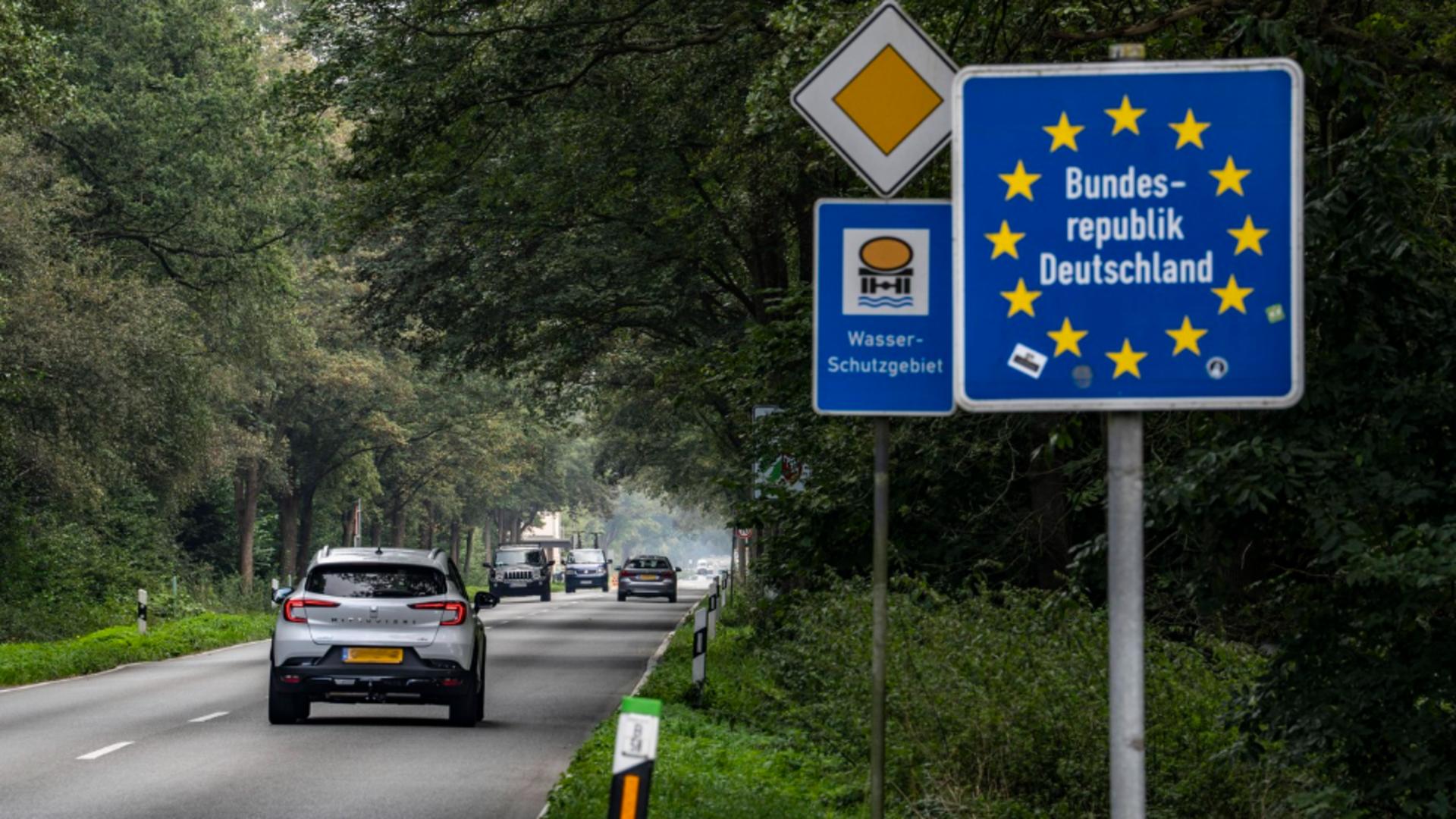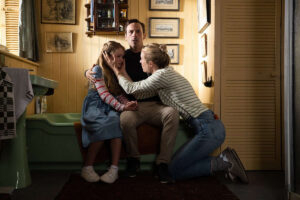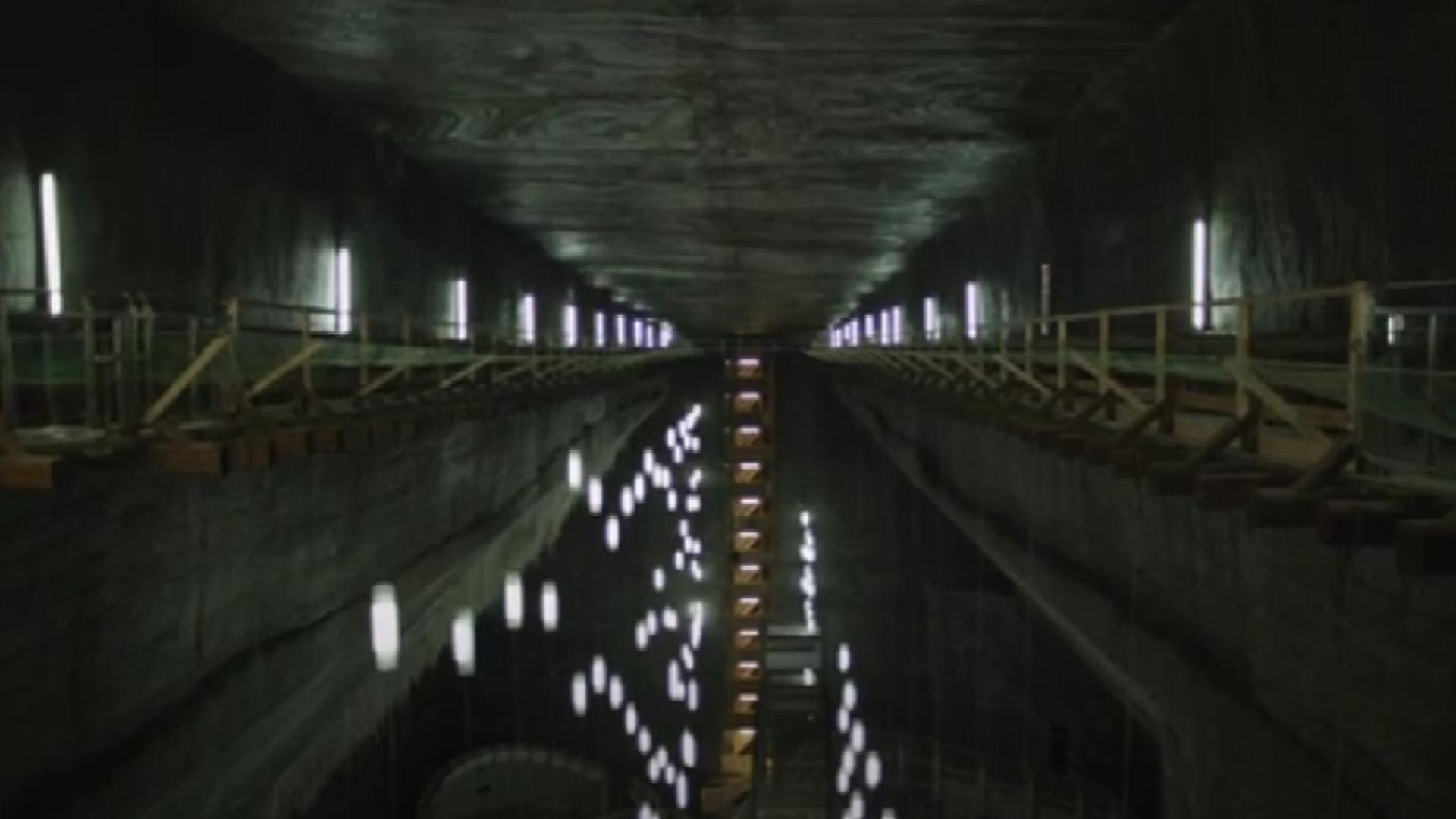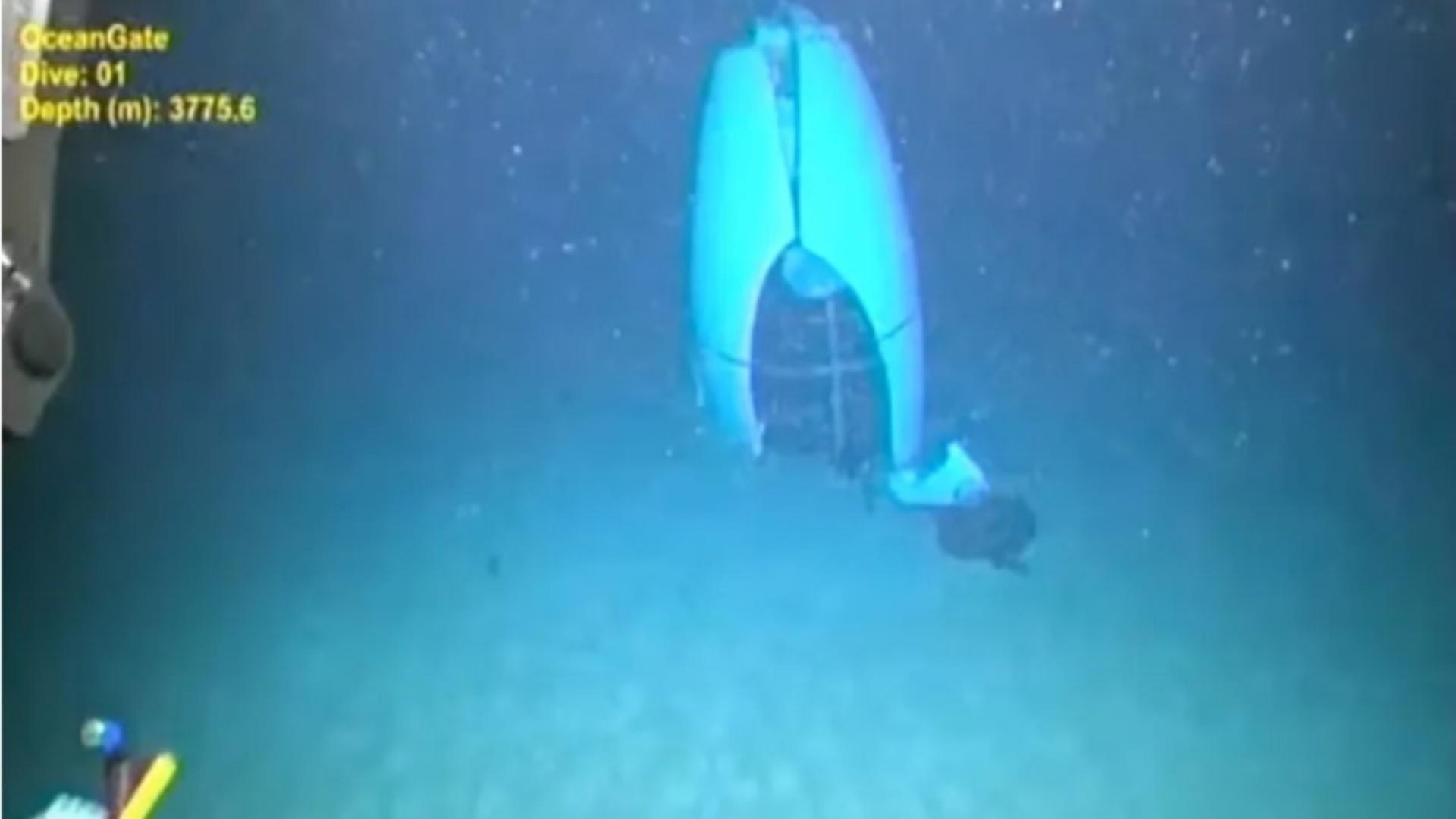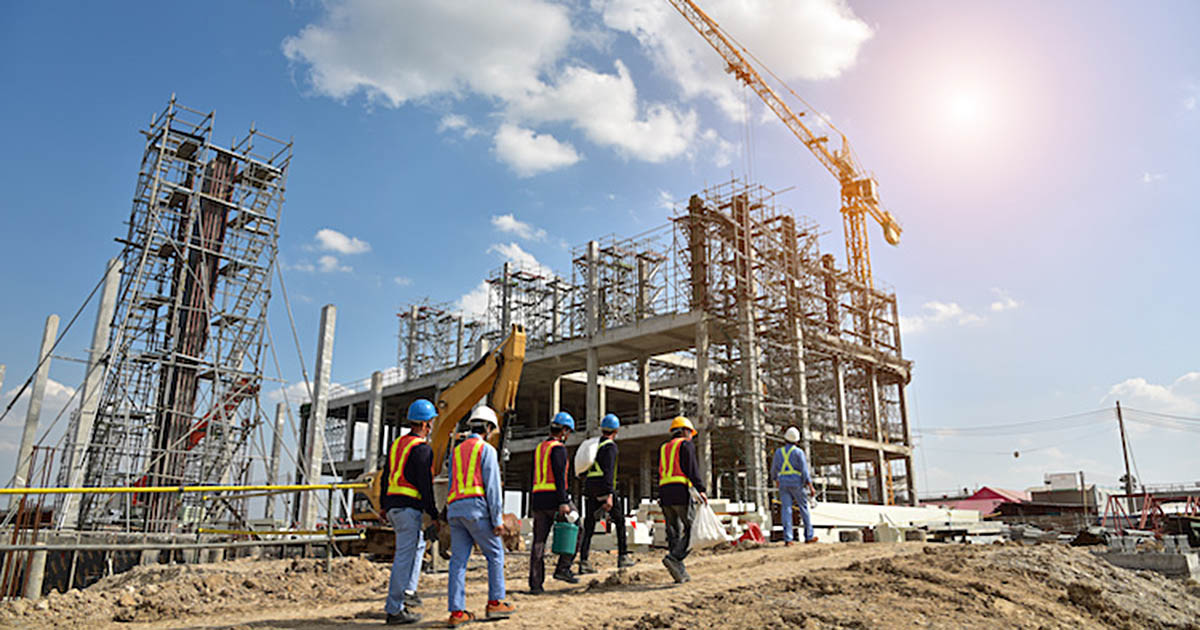Once upon a time, most artists performed live to promote new albums. For most acts, the real money was in music sales, so they went “on the road” with schedules and strategies to maximize them.
These days the live business is a juggernaut of its own, with higher ticket prices, adjacent businesses like merch and VIP seats, and schedules, plus strategies of its own. So creators at all levels of popularity are starting to realize that it may no longer make sense to tour the whole country, or world, to promote a new release. In some cases, there isn’t one; in others a tour can boost an entire catalog. The old model of touring focused on building an audience, which meant artists would play cities where they weren’t so popular. Now touring is a revenue stream, so many artists double down to play more shows in cities where they’re already big.
The economics of touring means that acts run up costs every day they are on the road but only bring in revenue when they perform — so it makes sense to play bigger shows, in fewer places, with fewer days off. Metallica’s M72 tour consisted of two-night engagements and a no-repeat pledge to motivate fans to see both. The international legs of Taylor Swift’s Eras Tour involved more shows in fewer places — she covered Asia with four shows in Tokyo and six in Singapore and the Nordic region with three in Stockholm. The natural end of this thinking is a residency, or a few of them, and Adele took the summer off from her Vegas residency to play 10 shows in Munich at a custom-built venue with a capacity of 74,000. Why go to fans when fans can come to you?
As it happens, this solves another problem with the touring business. As increasing competition for concert dollars inspires more elaborate productions, costs are skyrocketing — and many of them involve transportation and setup rather than a performance itself. For Metallica, much of the cost is in “load-in” — moving and building a doughnut-shaped stage with standing room in the middle, plus eight towers of speakers and monitors that weigh 11 tons each. The resulting expenses, which involve 87 trucks and several days of setup, make single shows difficult. Adele’s Munich show used what’s said to be the world’s biggest video screen, plus fireworks, confetti, smoke, fire and a string section. As expensive as that must be to build, imagine the cost of moving it and setting it up again a couple of times a week? How many venues even have room for a 220-meter-wide screen?
Doing more shows in fewer places also makes it practical to deliver events, rather than just concerts. Touring artists have to compete with festivals, which offer fans a lot of acts for their money, plus an experience to remember — and, not incidentally, share on social media. A memorable production, whether that means the world’s biggest screen or 11-ton speaker towers, can do the same. Personally, I don’t think Metallica or Adele needs any of this — I’d be just as happy to see either in a club, in front of a brick wall — but bigger productions seem to create a sense of FOMO.
Fans have certainly demonstrated their willingness to travel. When I saw Metallica last year in Hamburg, most concertgoers came from other German cities to see both shows. Swift’s European tour debut in Paris was filled with fans from the U.S. and Canada who realized that tickets there and a trip to France cost about the same as tickets back home. To some fans, Swift’s show is a vacation — Paris is just something to see on the way there.
In crude economic terms, concert travel essentially reallocates expenses from acts to fans — artists travel less, so concertgoers travel more. Most people don’t want to pay more than a certain amount for a concert ticket, but they seem more willing to spend on related travel. (I just spent about $300 to go to Stockholm to see Bruce Springsteen, an amount that seems too high to spend on a ticket, even though I essentially went to see the show.)
There are other costs and benefits, too. Younger fans can’t always travel alone. And as several European publications pointed out in their coverage of the Adele residency, this isn’t exactly good for the environment. (I think it makes more sense to tax travel rather than to object to a specific type of travel.) Residencies can also be more pleasant for artists — there are no songs about how nice it is to cross the U.S. in a tour bus. The flexibility is nice, too: Munich is a lot nicer in the summer than Las Vegas. Playing a few nights a week makes it easier to have a family life.
As much as I loved the Metallica and Adele shows, I think I still prefer the old model — although it’s easier for me to say that because I’m fortunate enough to live in a major city. I think there’s still long-term value in building a fan base the hard way. And I worry that fans who spend more money traveling to concerts will end up seeing fewer shows as a result. None of that changes the economics of touring, however, and organizing a profitable and artistically effective tour means understanding that.

